
The best online fitness resource you'll ever need. We filter out the BS to ensure you meet your health and fitness goals!

The best online fitness resource you'll ever need. We filter out the BS to ensure you meet your health and fitness goals!
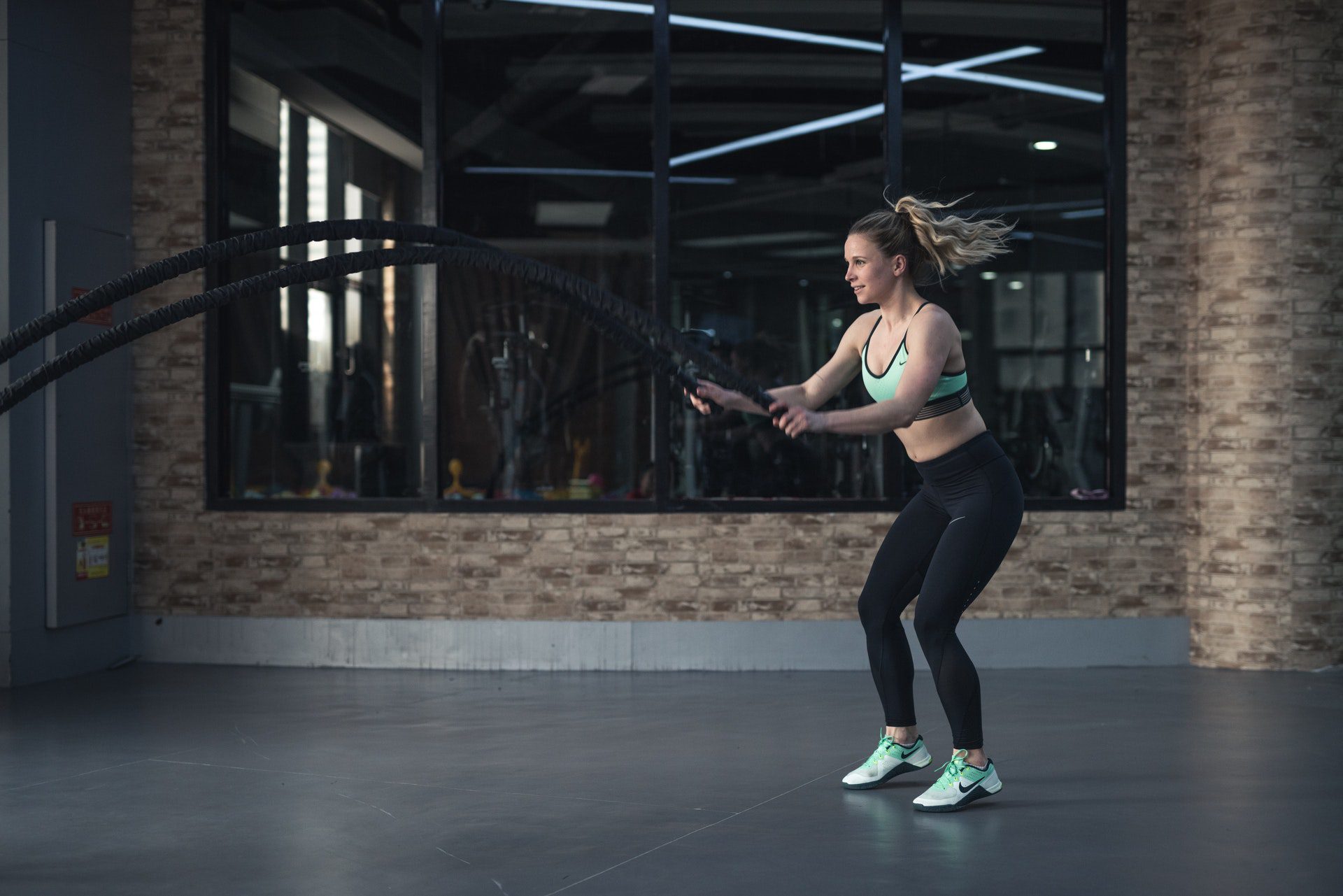
HIIT (high intensity interval training) is a fantastic way to get a lot of muscular and cardiovascular stimulus in in a short amount of time. Alternating periods of short, intense anaerobic exercise with less intense recovery periods, it raises your heart rate often far in excess of the 85%+ Orange Zone, meaning that it is perfect for burning fat, and it relies on powerful bursts of muscular activity, leading to gains in strength and muscle mass.
But who stands to benefit the most from interval training?
Well, to answer this, we first need to know exactly what interval training does, both to the individual and their body.
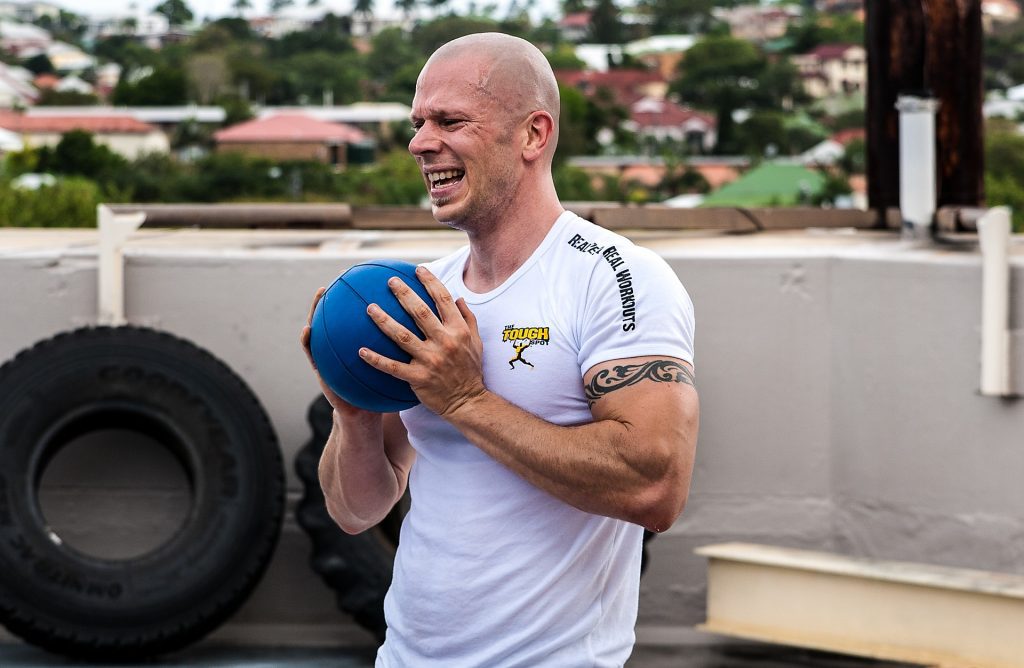
HIIT can burn more calories both during exercise and afterwards as an afterburn.
The intensity of the kinds of routines that constitute a HIIT workout and program are, by their nature, very calorically demanding. So too is the scheduling itself, with lots of energy being used up as the muscles work hard and the heart races to keep up.
You will also burn added calories for up to around twelve hours post-workout due to the afterburn effect – an increased post training oxygen consumption is the body’s natural ability to return to homeostasis after exercise and it elicits greater caloric burn.
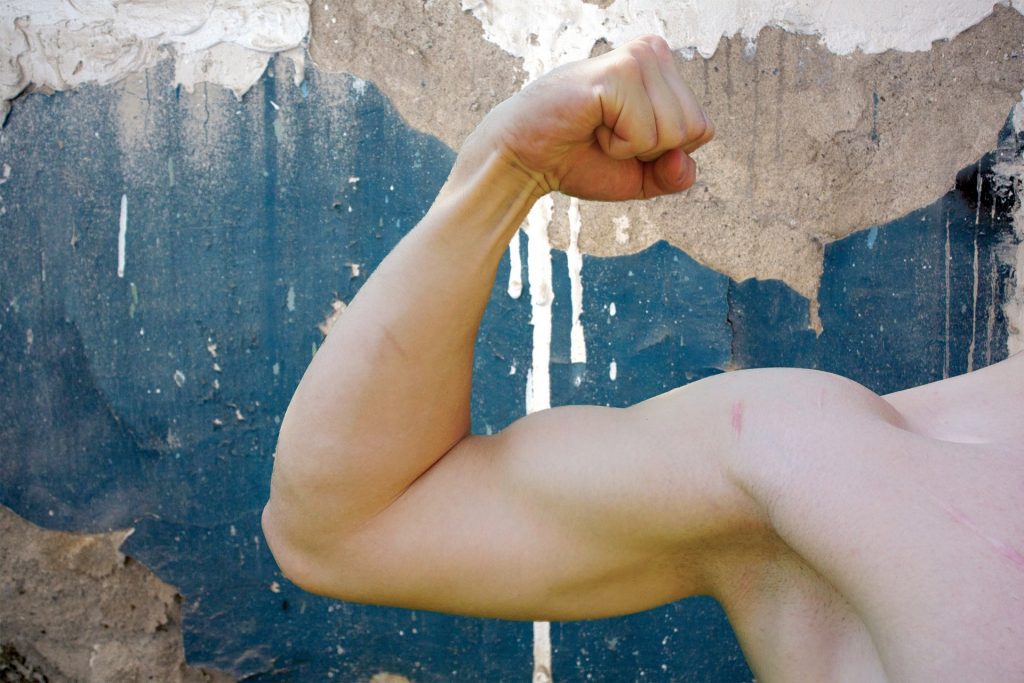
The types of exercises picked for HIIT routines, and the way in which they are employed, naturally gear it towards gains in strength and muscle mass.
You’re really not going to build much muscle jogging around the local park or spending an hour on the elliptical. However, alternate between kettlebell clean and presses, burpees and sprints, and you will be taxing your muscles in exactly the right way to elicit adaptation, both in strength and size.
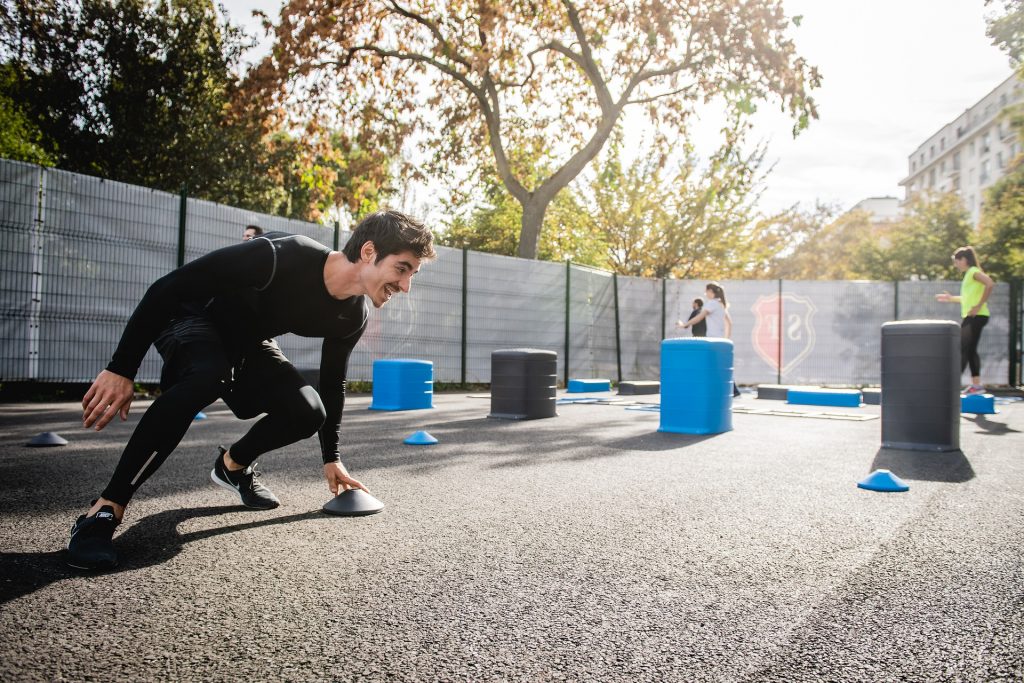
It’s hard to commit to training often, for long hours, when we are all living busy lives. Hitting the gym for hour-long sessions several times per week can take a massive bite out of your schedule. It can also be a little tedious to spend hour after hour slowly slogging it out on cardio machines or jogging around the local park.
HIIT gets around these issues. People tend to enjoy it more than other forms of exercise, such as vigorous-intensity exercise and continuous moderate-intensity exercise. It is also fast – a session can typically last between 4-30 minutes. Time stops being an excuse when you can get everything done in a matter of minutes.
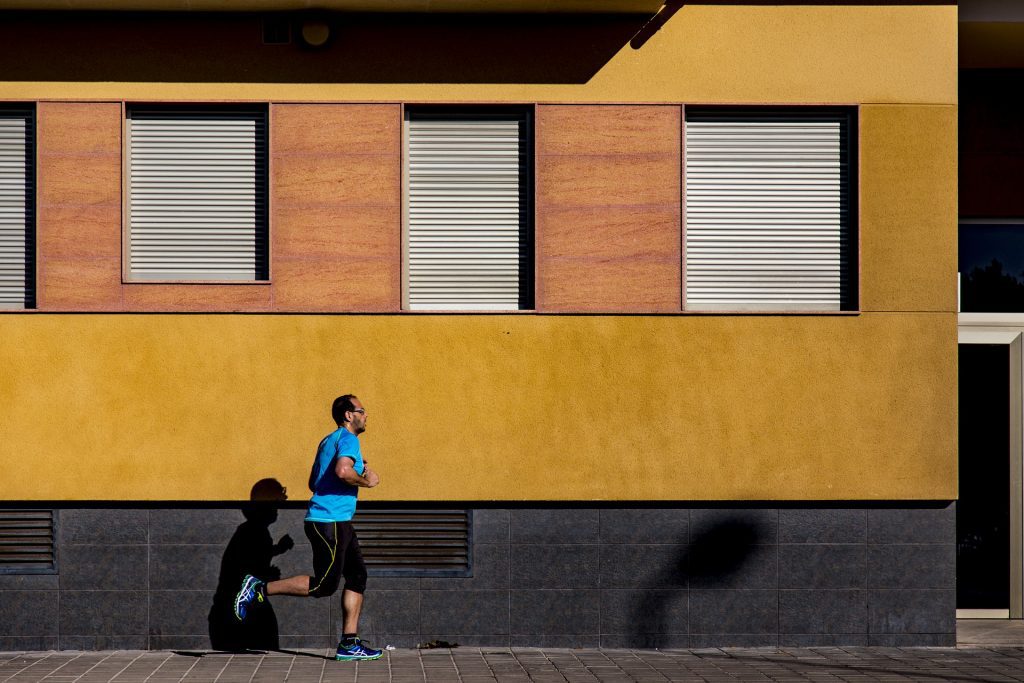
Adding periods of higher intensity into your training can boost your endurance, which will carry over to more moderate-intensity activities like walking, running, cycling and swimming.
It can improve blood pressure and lead to higher counts of mitochondria, which help to bring energy and fuel to your body and brain. Repetitive actions under load, as are common in HIIT, will also lead to improved muscular endurance. Add these to the improved heart health you benefit from with HIIT and you will be looking at some serious gains to your endurance.
There are a few mechanisms that make HIIT fantastic for your heart.
Firstly, it increases your VO2 max (the maximum rate of oxygen consumption measured during incremental exercise; that is, exercise of increasing intensity), far more so than steady state cardio can. It will work the cardiovascular system incredibly hard, strengthening it.
It will also increase the flexibility elasticity of arteries and veins better than continuous aerobic exercise as it greatly increases pressure demand on your blood vessels, thus giving them a workout of their own.
So, knowing all of this, who is HIIT best for?
Well, the short answer is that it’s best for anybody who could benefit from any of the above.
Actually, this is fairly spot on. HIIT is perfect for those who need to improve their heart health and/or lower their blood pressure. It is also perfect for those looking to lose weight – though intensities should always be kept within reasonable limits, especially for obese athletes.
It is sub-optimal for building muscle – heavy compound lifts and high rep assistance work, spaced with long rest periods, will do a better job of this. However, if you’re looking to keep calories burning whilst you build muscle, HIIT can make a great addition to your training regime. Try ending every other weightlifting workout with fifteen minutes of HIIT – you’ll be a stronger, leaner athlete in no time.
It is also perfect for those looking to get in any kind of exercise without having to commit too much time. We all lead busy lives, full of lots of commitments that can easily keep us from the gym. However, fifteen minutes a day – especially when performed at home – is hardly ruinous.